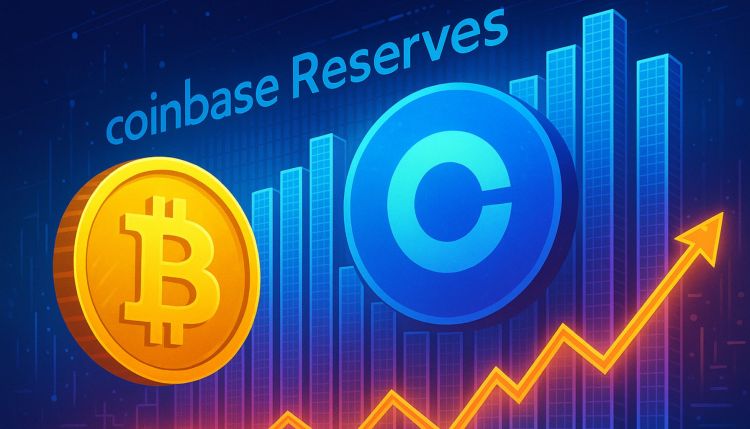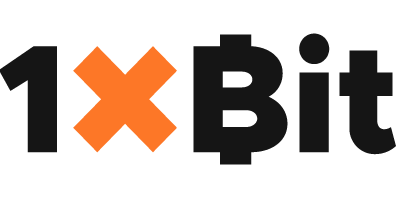Reason to trust

How Our News is Made
Strict editorial policy that focuses on accuracy, relevance, and impartiality
Ad discliamer
Morbi pretium leo et nisl aliquam mollis. Quisque arcu lorem, ultricies quis pellentesque nec, ullamcorper eu odio.
In recent years, the idea of buying everyday items with cryptocurrency has shifted from theory to practical use. While many platforms have attempted to bridge this gap, few have built an infrastructure capable of meeting both user expectations and regulatory demands.
Gleec has developed a comprehensive system where users can now manage digital assets, convert fiat currencies, and spend their cryptocurrencies using crypto-friendly Visa cards. This functionality brings crypto spending closer to everyday usability. According to company representatives, “The goal has always been to create real-world utility through simple, compliant tools that everyone can use.”
Their solution includes Gleec Pay, which allows fiat deposits and withdrawals via IBAN, a Gleec Visa card for crypto-to-fiat transactions, and access to decentralized and centralized exchanges. This infrastructure eliminates many of the friction points users face when converting digital assets to everyday purchases.
Fiat Integration Becomes a Foundation of Crypto Use Cases
One of the main challenges for blockchain-based projects has been creating reliable fiat integration. Without this, crypto adoption often stays within the boundaries of speculative investment. Gleec provides a system where users can open an account, deposit fiat, convert it to crypto, and spend it via Visa, all in a single ecosystem.
This integrated approach ensures users avoid moving between multiple platforms. It also reduces operational risks, delays, and errors. Many in the Web3 industry are acutely aware of how integrated platforms like Gleec help reduce complexity, especially for those entering crypto from traditional finance.
Beyond simple transfers, users can hold funds in their crypto wallets, engage in trading activities, and use services like Gleec Chat for secure communication—all backed by licensed operations and regulatory oversight.
Raphael Coin Offers a Cultural Use Case for Crypto Infrastructure
While Gleec builds the tools for seamless asset management, Raphael Coin represents how those tools can be applied in culturally meaningful ways. The project offers tokenized fractional ownership of “Recto: Study for the Battle of the Milvian Bridge,” a rediscovered artwork attributed to Raphael.
This initiative enables users to become partial owners of a physical Renaissance masterpiece, a concept previously limited to wealthy collectors and institutions. Using the Gleec infrastructure, these ownership records are stored transparently on blockchain. The artwork is held in custody, ensuring authenticity and investor security.
The RAPH token, which represents ownership, is traded on Gleec BTC Exchange and Mandala Exchange. The model allows crypto investors and art enthusiasts to access rare assets while maintaining verified ownership through decentralized ledger technology.
Regulatory Compliance Remains Essential in Crypto Spending Adoption
Fiat-to-crypto spending has often been hindered by lack of regulatory clarity. Gleec addresses this issue by operating within a licensed framework across several jurisdictions, including plans to expand into the UK and the US. This compliance-first strategy enables the platform to offer services like digital IBAN banking and crypto-friendly Visa cards with minimized legal risk.
As regulatory frameworks evolve worldwide, platforms that maintain strong compliance records gain trust among users and partners. Gleec’s approach includes decentralized Proof-of-Work (dPoW) blockchain consensus and regulatory checks across its exchange, banking, and communications platforms.
It’s also becoming more evident that compliance isn’t optional anymore as crypto adoption grows. The platforms that grow in the current environment are the ones that treat regulatory standards as core infrastructure.
With increasing pressure for crypto firms to adhere to Know Your Customer (KYC) and Anti-Money Laundering (AML) standards, platforms like Gleec are positioning themselves as long-term solutions in a shifting digital economy.
Future of Crypto Spending Relies on All-in-One Ecosystems
In the past, users needed to depend on multiple platforms for exchanging, storing, and spending crypto. However, fragmentation made it difficult for many users—especially newcomers—to manage assets efficiently. Gleec’s all-in-one model addresses this by offering a streamlined solution that combines multiple tools into a single platform.
This approach not only enhances usability but also improves security by reducing the need to transfer assets between various providers. For projects like Raphael Coin, it provides a secure environment to offer asset-backed tokens to global users. The combination of cultural relevance and robust digital tools demonstrates how Web3 platforms can fulfill both practical and investment-oriented needs.
With crypto integration now more closely linked to real-world spending, the barrier between digital and traditional finance continues to fade. Gleec, by supporting both consumer and business-facing services, enables a smoother transition for users seeking more from their digital assets than just storage or speculation.
Raphael Coin and Gleec together reflect a broader shift in the blockchain space—from isolated, theoretical use cases to real, accessible, and regulated functionality that serves both heritage preservation and financial management.

















